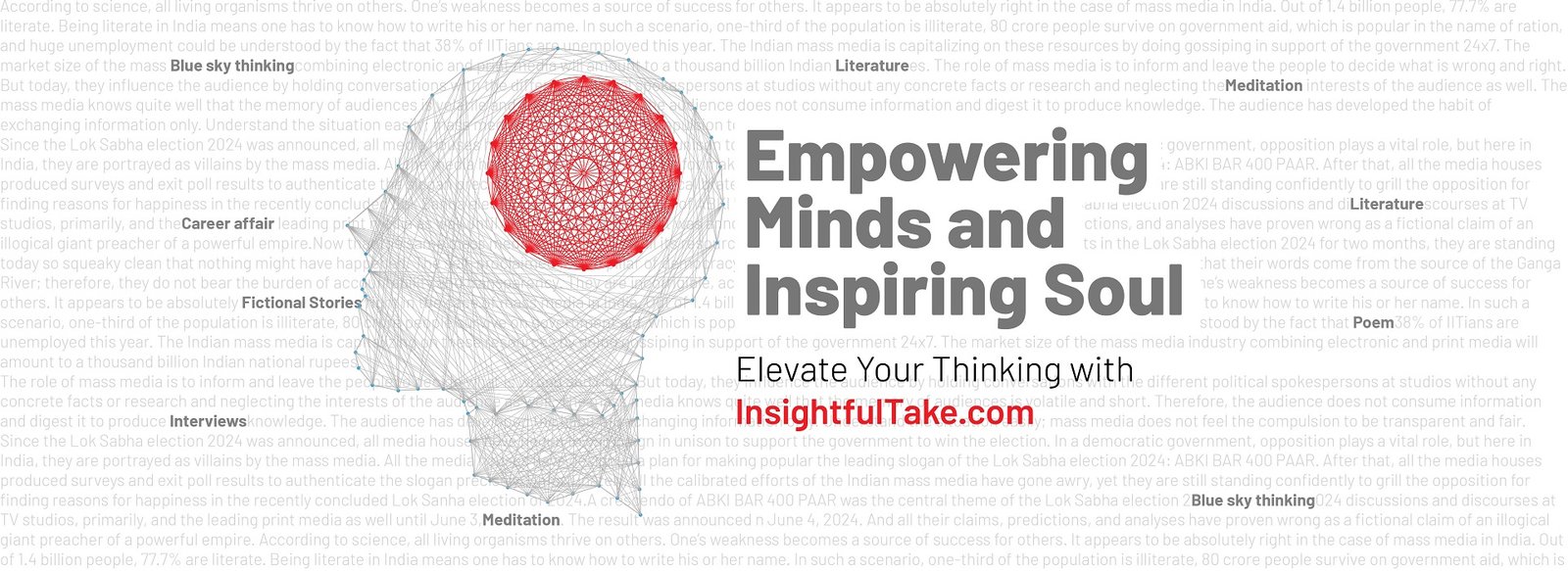
Imagine a world where Saint Valentine was not a Roman saint but a sage from the banks of the Ganges, a mystic who spoke of love as the ultimate union of souls, much like the tales of Radha and Krishna. In this world, Valentine’s Day would not be a day of red roses and heart-shaped chocolates but a celebration steeped in the rich cultural tapestry of India—a day where love is expressed through the vibrant hues of rangoli, the fragrance of jasmine, and the timeless melodies of classical ragas.
If Saint Valentine had been Indian, the day of love would have been a festival of emotions, a symphony of traditions, and a celebration of love in all its forms—romantic, familial, and divine. Let us paint a picture of how Valentine’s Day might have taken shape in the heart of India and how the world would have embraced this unique celebration.
A Morning of Devotion and Dance
The day would begin not with the exchange of gifts but with the offering of prayers. Couples would visit temples, seeking the blessings of deities like Kamadeva, the god of love, and Parvati, the embodiment of devotion. The air would be filled with the sound of temple bells and the chanting of mantras, as lovers prayed for eternal togetherness.
In the streets, young women would create intricate rangoli designs at their doorsteps, using colored powders to draw symbols of love—swans, lotus flowers, and intertwined hearts. These designs would not just be art but a silent expression of love, a way to welcome the beloved into one’s home and heart.
The Language of Flowers
While roses might still find a place, they would share the stage with marigolds, jasmine, and lotus flowers. In Indian culture, flowers are not just decorative; they are symbolic. Marigolds, with their vibrant orange hue, represent the sun and the warmth of love. Jasmine, with its intoxicating fragrance, symbolizes purity and devotion. And the lotus, rising from the mud to bloom in beauty, is a metaphor for love that transcends all obstacles.
Couples would exchange garlands, a tradition rooted in Indian weddings, symbolizing the acceptance of each other as equals. These garlands would not be mere accessories but a sacred bond, a promise to stand by each other through life’s joys and sorrows.
The Feast of Love
No Indian celebration is complete without food, and Valentine’s Day would be no exception. Instead of chocolates, couples would share sweets like ladoos and kheer, symbolizing the sweetness of their relationship. Families would come together to prepare a feast, with dishes that carry the flavors of love—spicy, sweet, sour, and bitter, much like life itself.
The meal would be served on banana leaves, a tradition that connects us to nature and reminds us of the simplicity of love. As couples feed each other morsels of food, they would not just be sharing a meal but reaffirming their commitment to nourish each other’s souls.
The Music of the Heart
In the evening, the celebration would shift to music and dance. Classical musicians would perform ragas that evoke the emotions of love—the longing of separation, the joy of union, and the serenity of togetherness. Couples would dance to the rhythm of the tabla and the melody of the sitar, their movements telling the story of their love.
In the villages, folk dances like Garba and Bhangra would bring communities together, celebrating love not just as a private emotion but as a collective joy. The air would be filled with laughter, music, and the sound of anklets, as love becomes a shared experience.
The Light of Togetherness
As the sun sets, the celebration would culminate with the lighting of diyas (oil lamps). Couples would place these lamps on the banks of rivers or in their courtyards, their flickering flames symbolizing the light of love that dispels the darkness of ignorance and fear.
In the glow of these lamps, couples would exchange not rings but promises—promises to love, to respect, and to grow together. These promises would not be bound by legal contracts but by the sacred bond of trust and understanding.
A Day for All Kinds of Love
In this Indian version of Valentine’s Day, love would not be confined to romantic relationships. It would be a day to celebrate all forms of love—the love between parents and children, between friends, and between humans and the divine.
Children would write letters to their parents, expressing gratitude for their unconditional love. Friends would exchange handmade gifts, celebrating the bond of friendship that stands the test of time. And communities would come together to feed the poor and care for the needy, spreading the message of love as a universal force.
A Timeless Celebration
If Saint Valentine had been Indian, Valentine’s Day would not be a commercial event but a timeless celebration of love in all its forms. It would be a day to reconnect with our roots, to celebrate the traditions that have shaped us, and to express love in ways that are deeply personal and profoundly meaningful.
So this Valentine’s Day, let us take inspiration from this imagined celebration. Let us express love not through material gifts but through the language of the heart. Let us create rangoli, light diyas, and share a meal with our loved ones. Let us celebrate love as the Indians would—with devotion, with joy, and with the knowledge that love is not just a day but a way of life.

